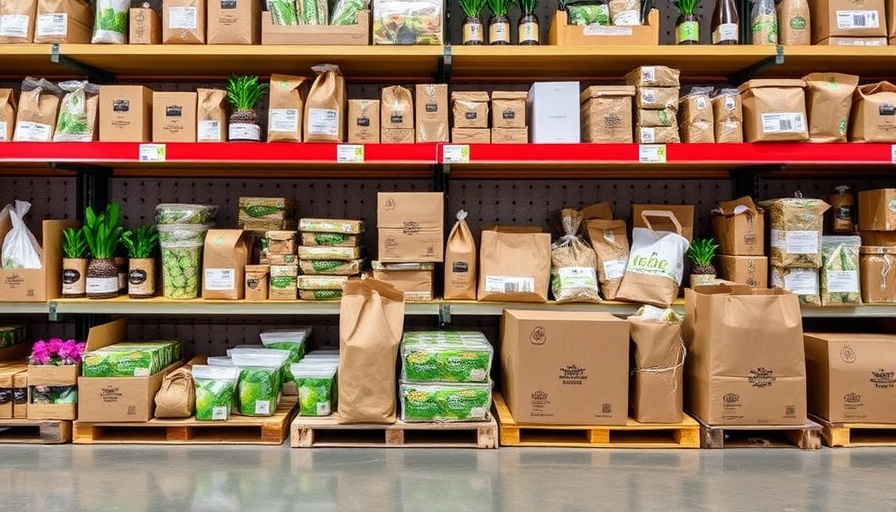
Understanding the Push for Sustainable Packaging
The global packaging sector is experiencing a significant transformation. Companies, pressured by consumers and regulators alike, are pledging to adopt more sustainable practices that not only cut down on materials used but also enhance circularity and incorporate more recycled elements. However, there remains a disconnect. Despite the identified interest in sustainable options, many firms hesitate to shift away from traditional packaging solutions. This article delves into the barriers hindering sustainable packaging adoption and how Small to Medium Business Owners (SMBs) can navigate these challenges.
Key Barriers Facing SMBs in Sustainable Packaging
Recent research has pinpointed six primary barriers that may be holding back packaging purchasers and their potential to adopt sustainable options:
- Affordability: Sustainable materials often come with a premium price tag, discouraging SMBs from making the switch.
- Performance: Many businesses worry whether sustainable packaging can meet their operational and safety standards.
- Shift in Consumer Preferences: Consumer habits remain sticky; businesses fear that changes may not align with customer expectations.
- Regulatory Uncertainty: Inadequate clarity on regulations around sustainability can make the decision-making process daunting.
- Supply Chain Issues: An unpredictable supply of sustainable options makes it hard for businesses to reliably implement them.
- Knowledge Gaps: There remains a significant knowledge gap regarding existing sustainable solutions and their benefits.
Awareness of these barriers is crucial for SMB owners looking to pivot toward more sustainable practices.
Consumer Perspectives on Sustainability
Dive deeper into consumer attitudes, and one finds a growing acceptance of sustainable packaging. Surveys since 2020 indicate that the vast majority of consumers are willing to support brands that prioritize sustainability. This shift is an essential signpost for SMBs. Marketers and business leaders can leverage this trend by emphasizing sustainable practices in their branding, appealing directly to consumer sentiment.
Opportunity in the Challenge
While barriers exist, the immense potential for commercial gain makes it an opportune time for SMBs to invest in sustainable solutions. The move toward sustainability often enhances brand loyalty and positions businesses as forward-thinking leaders in their respective industries. For SMBs, the challenge will require collaboration and a willingness to remain committed to sustainability, which can open doors to new markets and clientele.
Steps to Overcome Barriers
By actively seeking educational resources and support networks, SMB owners can address many of these hurdles. Embracing tools like AI-Powered Web Development services can help streamline operations and facilitate the integration of sustainable practices at a lower cost. Furthermore, staying ahead of regulatory changes and engaging in industry conversations can provide clarity and guidance.
Encouraging Action for Change
Your initial hesitance could hinder significant progress. By becoming informed about these barriers and exploring innovative solutions, you position your business not only to survive but thrive in a rapidly changing market. Remember, sustainability isn't just a trend; it’s the future. As consumers increasingly lean toward businesses that uphold sustainable practices, making that leap could be the differentiating factor in your success.
 Add Row
Add Row  Add
Add 




Write A Comment